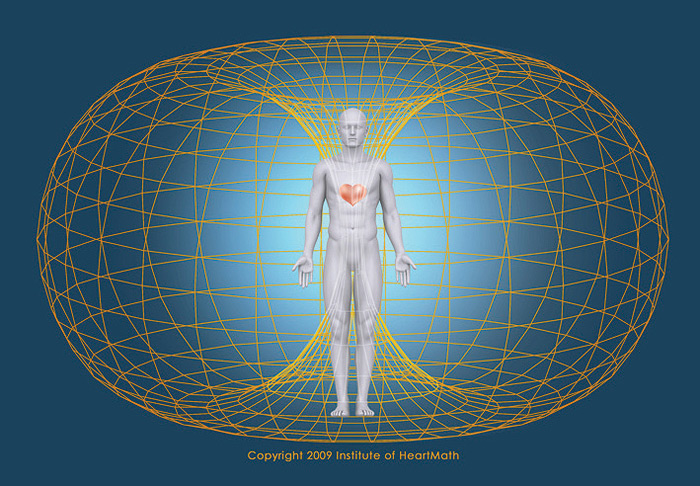Science of the Heart
Heart-Brain Communication
Traditionally, the study of communication pathways between the head and heart has been approached from a rather one-sided perspective, with scientists focusing primarily on the heart’s responses to the brain’s commands. We have learned, however, that communication between the heart and brain actually is a dynamic, ongoing, two-way dialogue, with each organ continuously influencing the other’s function. Research has shown that the heart communicates to the brain in four major ways: neurologically (through the transmission of nerve impulses), biochemically (via hormones and neurotransmitters), biophysically (through pressure waves) and energetically (through electromagnetic field interactions). Communication along all these conduits significantly affects the brain’s activity. Moreover, our research shows that messages the heart sends to the brain also can affect performance.
New research shows the human heart is much more than an efficient pump that sustains life. Our research suggests the heart also is an access point to a source of wisdom and intelligence that we can call upon to live our lives with more balance, greater creativity and enhanced intuitive capacities. All of these are important for increasing personal effectiveness, improving health and relationships and achieving greater fulfillment.
The heart communicates with the brain and body in four ways:
- Neurological communication (nervous system)
- Biochemical communication (hormones)
- Biophysical communication (pulse wave)
- Energetic communication (electromagnetic fields)
Energetic Communication
The first biomagnetic signal was demonstrated in 1863 by Gerhard Baule and Richard McFee in a magnetocardiogram (MCG) that used magnetic induction coils to detect fields generated by the human heart. A remarkable increase in the sensitivity of biomagnetic measurements has since been achieved with the introduction of the superconducting quantum interference device (SQUID) in the early 1970s. The ECG and MCG signals have since been shown to closely parallel one another.
The magnetic field produced by the human heart is more than 100 times greater in strength than the field generated by the brain and can be detected in all directions up to 91 cm or 3 feet away from the body, using superconducting quantum interference SQUID-based magnetometers.

“The heart’s electromagnetic field is not just a pulse within—it is a symphony of energy, reaching out to connect us to one another and the world around us, a silent reminder that we are all deeply intertwined.”
Press releases:
Want more like this?
Here are some more articles you might like to read next: